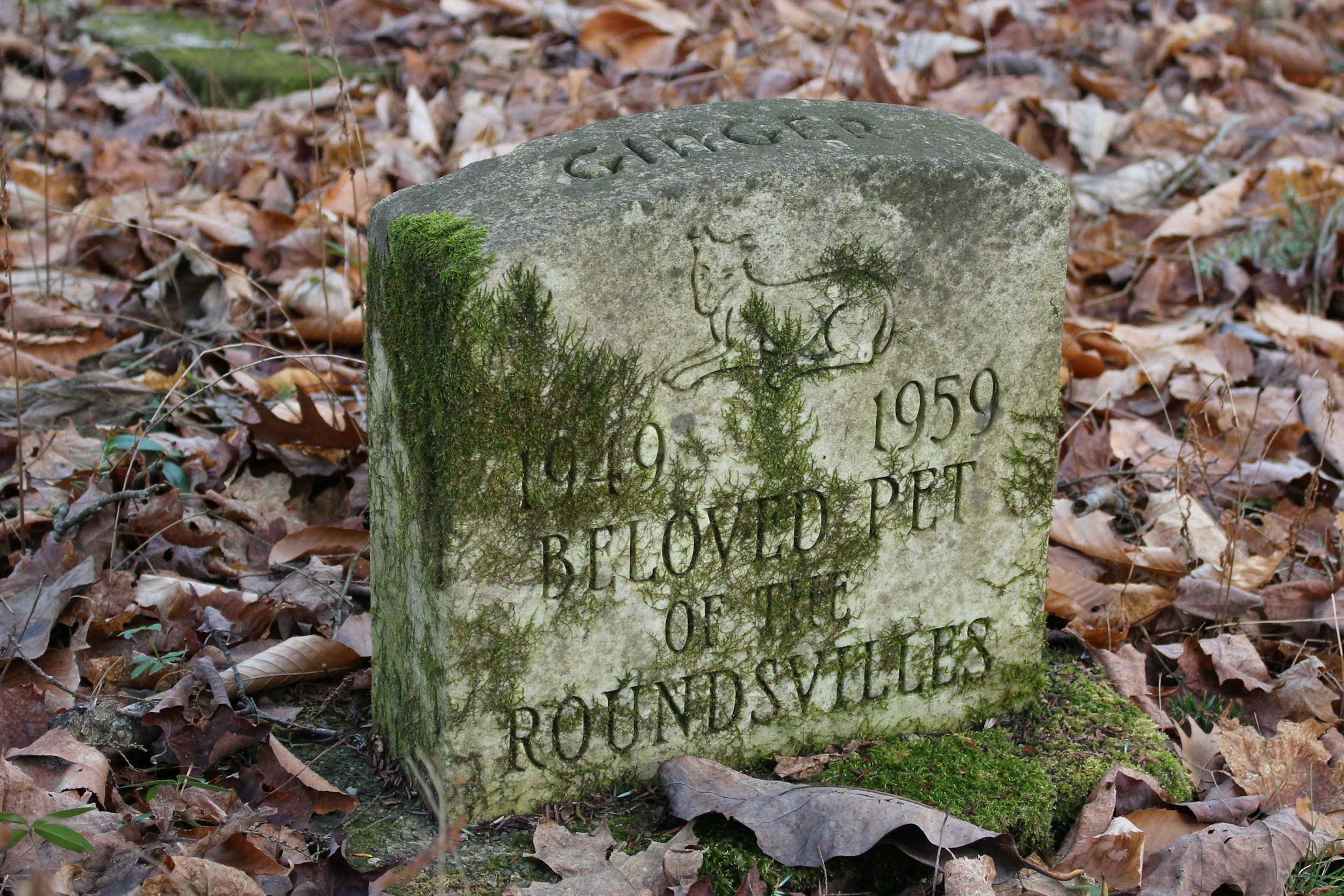
Love Isn’t Measured in Labor: Health Risks of Backyard Burial
Pet burial, especially at home, poses potential health concerns for both people and the environment. Animals that have been euthanized often carry residual pentobarbital, a strong sedative that remains in the body after death. If another animal—wild or domestic—were to disturb that grave, even trace amounts can be fatal. According to the FDA (2022), scavenged pentobarbital-laced remains have caused deaths in wildlife and even pets in rural and suburban neighborhoods.

When Grief Meets a Shovel: Rethinking Backyard Pet Burial
Grief researchers have shown that decision-making under emotional strain can lead to “complicated grief,” where the trauma of the moment interferes with healthy mourning (Shear, 2015). For families who later move, sell their home, or see their pet’s grave disturbed, the intended comfort of a backyard burial can evolve into guilt or anxiety.

What Happens to Your Pet’s Grave When You Move?
The average American moves over 11 times in their lifetime, often for work, family, or housing costs (U.S. Census Bureau, 2023). That means even the most well-intentioned backyard grave may one day be left behind. For many families, the emotional toll of abandoning a pet’s final resting place can be unexpectedly intense—and irreversible.

Running Out of Room: Why Burial Isn’t a Sustainable Option
The truth is, burial takes up space most households can’t afford to give. In high-density areas, zoning restrictions or HOA policies often prohibit backyard burials altogether. Even in rural communities, land use is shifting: small farms are being subdivided into residential lots, and land that once seemed private and permanent can be sold, rezoned, or developed.

Is Backyard Pet Burial Legal? What You Need to Know
Laws governing pet burial vary not only from state to state, but sometimes by county or city. In many regions, home burial is only allowed under strict conditions—if it’s allowed at all. For instance, some states require the burial site to be a minimum distance from water sources, wells, or inhabited structures. Others mandate a minimum depth, typically around three to five feet, to prevent scavenging and environmental exposure

How Backyard Pet Burial Can Harm Wildlife in the Eastern Great Plains
One major concern is the exposure of scavengers to euthanasia drugs like pentobarbital. These drugs remain active in the bodies of buried animals for months and can be lethal to any animal that digs them up. In Fargo and nearby areas, scavengers like red foxes, coyotes, raccoons, and domestic dogs are all known to investigate disturbed soil. Rural farms often attract these animals, increasing the risk of exposure in agricultural zones (North Dakota Game and Fish Department, 2022).

Why Backyard Pet Burial May Harm the Environment
When a pet is buried after euthanasia, residual chemicals—especially pentobarbital, a barbiturate used in nearly all euthanasia procedures—can remain in the body. Over time, these chemicals can leach into soil and groundwater, potentially contaminating local water supplies or harming wildlife that may come into contact with the remains.
